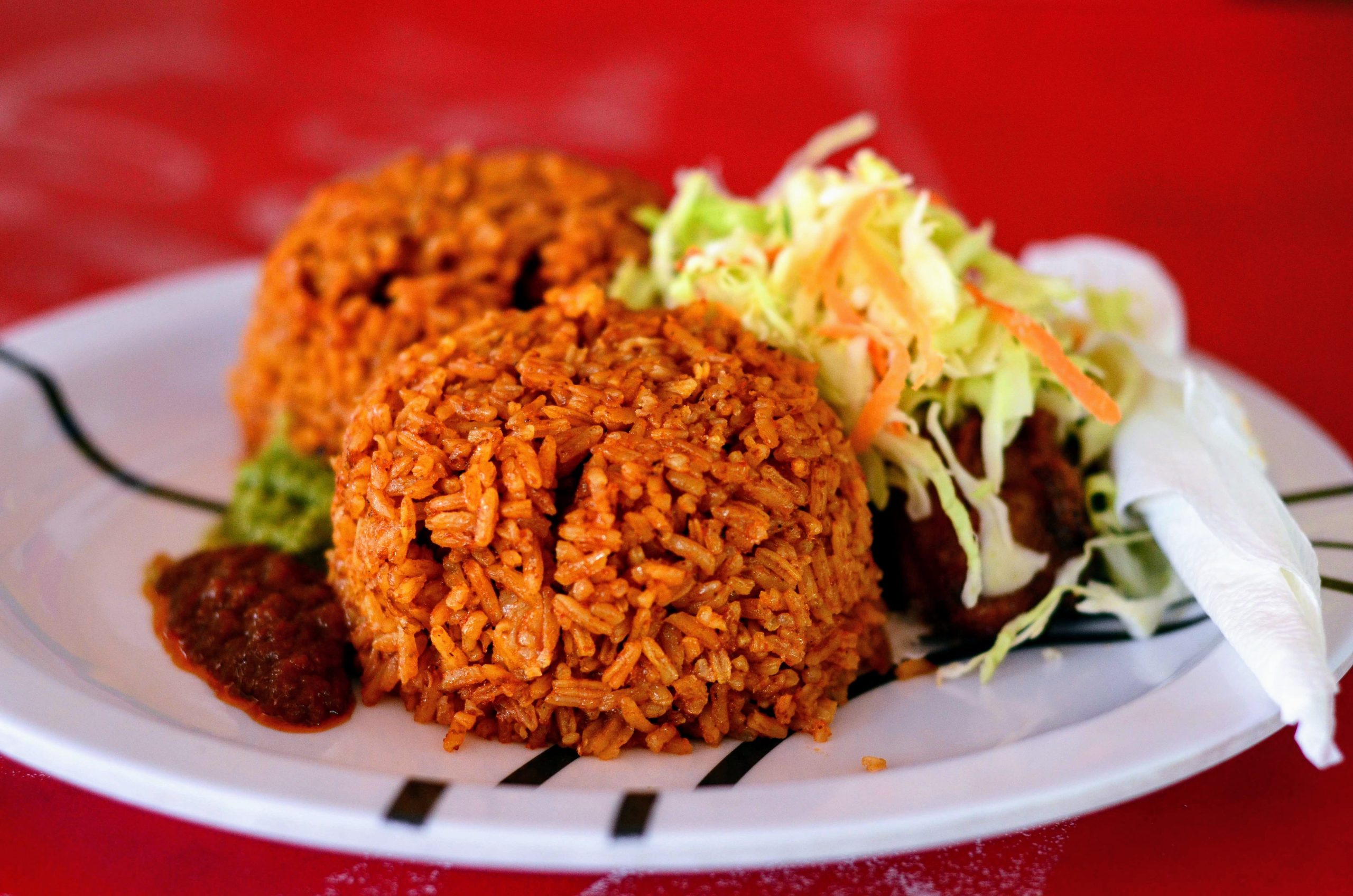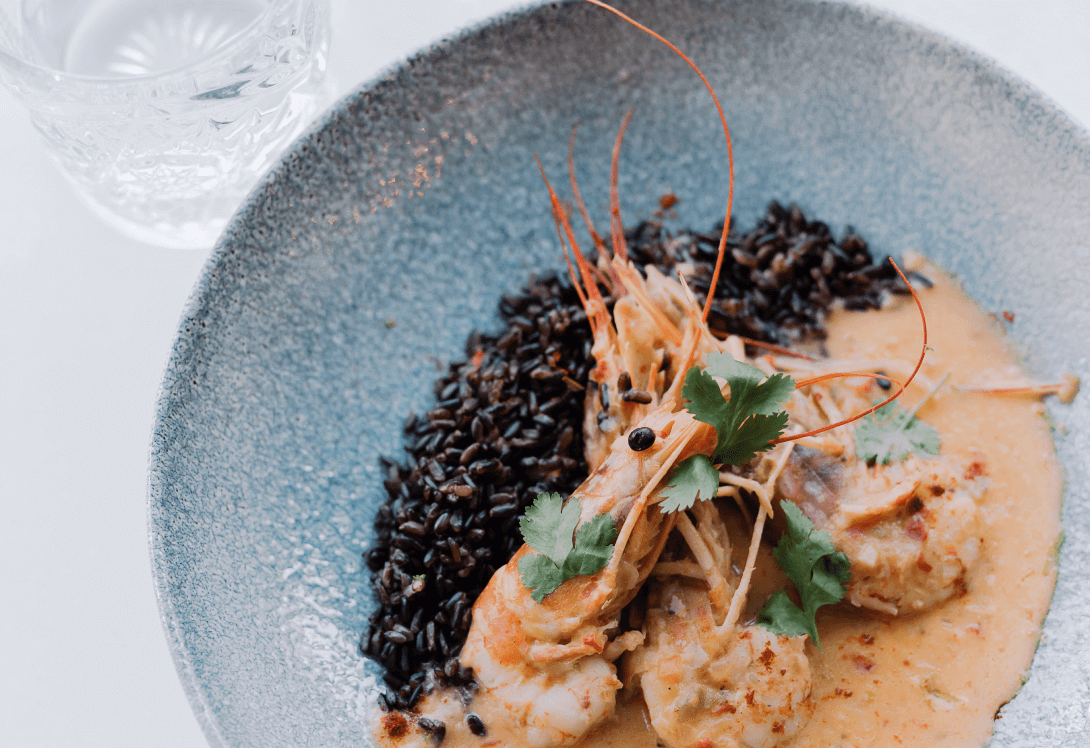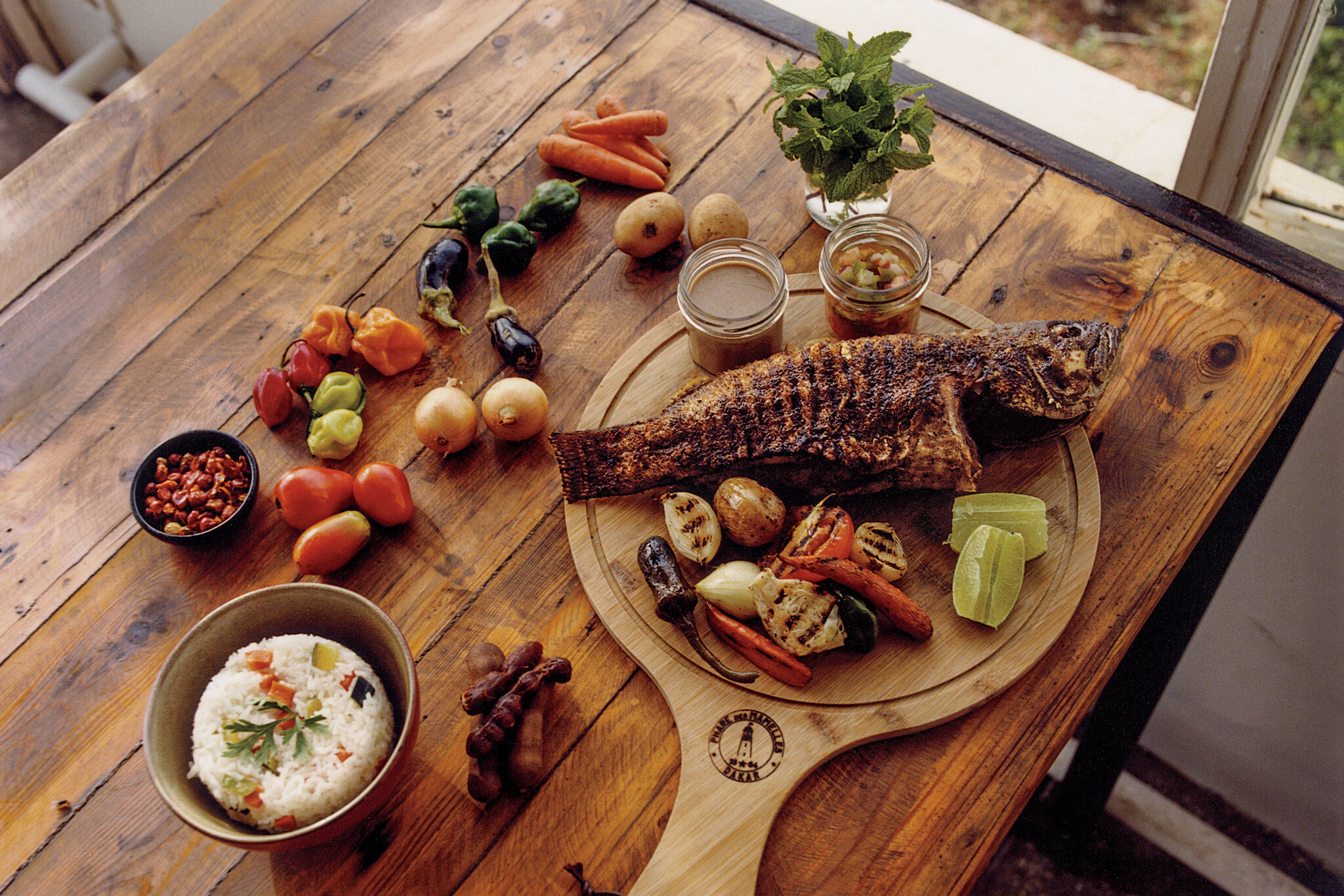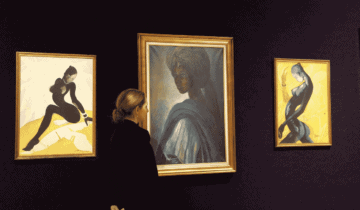The Intersection of African Art and Culinary Arts: A Feast for the Senses
Africa, a continent rich in culture and history, has produced a myriad of artistic expressions that have shaped the world’s perception of beauty and aesthetics. From intricate sculptures to vibrant textiles, African art has long been a source of inspiration and fascination. Meanwhile, the culinary arts of Africa, characterized by an astonishing variety of flavors, textures, and colors, have captured the attention of food enthusiasts across the globe. It is at the crossroads of these two disciplines that we find an intriguing and delightful union—a feast for the senses. In this journal, we shall delve into the captivating intersection of African art and culinary arts, examining their mutual influence and contributions to a rich sensory experience.
Historical context of African art and culinary arts
To fully appreciate the intersection of African art and culinary arts, we must first understand their historical roots. African art has evolved over millennia, from the rock paintings of prehistoric times to the elaborate woodcarvings and metalwork of ancient civilizations. These artistic expressions have been influenced by various factors, including cultural beliefs, religious practices, and the environment. Similarly, African cuisine has been shaped by a rich history of trade, colonization, and the diverse resources available across the continent. The cuisines of Africa’s many regions have been defined by their unique combinations of ingredients, cooking techniques, and cultural influences.
The connection between art and cuisine in African cultures
Throughout history, African cultures have recognized the intrinsic connection between art and cuisine. Food has played a central role in rituals, ceremonies, and religious practices, often accompanied by artistic expressions such as dance, music, and visual arts. For example, in West Africa, the yam festival is a time of celebration, marked by the preparation of special dishes and the display of various art forms, including music, dance, and sculpture.
The incorporation of artistic elements in traditional culinary practices further exemplifies this connection. African chefs have long paid attention to the presentation and plating of their dishes, using colors, patterns, and textures to create visually appealing plates. This artistic approach to food presentation can be observed in dishes like jollof rice, a West African staple often served in a visually striking arrangement with fresh vegetables and grilled meats.
Moreover, the influence of African art can be seen in contemporary culinary trends, with a growing number of chefs incorporating traditional African designs, patterns, and motifs into their culinary creations. For instance, moyin moyin, a steamed bean pudding from Nigeria, is often presented in intricately patterned molds that mirror traditional African textiles and pottery designs.
The Jollof Wars: A Culinary Battle of Art and Tradition
The Jollof Wars, an ongoing rivalry between West African countries over the origin and best preparation of jollof rice, further exemplifies the connection between culinary arts and cultural identity in Africa. Jollof rice, a one-pot dish made with rice, tomatoes, onions, and a variety of spices, is claimed by numerous countries, including Nigeria, Senegal, and Ghana, each with its own distinct recipe and presentation. The Jollof Wars, often played out on social media, involve spirited debates and even friendly competitions between chefs, showcasing their artistic and culinary skills as they vie for the title of the best jollof rice.
This culinary rivalry highlights the significance of food in African cultures and the pride associated with culinary heritage. The artistry displayed in the preparation and presentation of jollof rice in each country demonstrates the influence of African art on culinary practices, while also providing a platform for the celebration and promotion of Africa’s rich culinary traditions. The Jollof Wars serve as a testament to the powerful intersection of African art and culinary arts and the important role they play in shaping cultural identity and fostering connections between people.

The impact of African art and culinary arts on the senses
One of the most striking aspects of the intersection of African art and culinary arts is the profound impact it has on the senses. Both disciplines place a strong emphasis on visual appeal, using vibrant colors and patterns to create visually stimulating experiences. In African art, this can be seen in the bold colors and intricate patterns of textiles like the Ghanaian kente cloth, while in cuisine, it is evident in the colorful presentation of dishes like doro wat, an Ethiopian stew often served with a vividly hued array of accompaniments.
The tactile and olfactory experiences of African art and cuisine also play a significant role in engaging the senses. African art often utilizes a variety of textures and materials, from the smooth surfaces of carved wooden masks to the rough textures of woven baskets. Similarly, African cuisine is celebrated for its rich flavors and aromas, with ingredients like spices, herbs, and fermented foods creating a unique sensory experience.
In addition, the auditory experience is another important aspect of the intersection between African art and culinary arts. African music and performance often accompany traditional art forms,
creating a multisensory experience. In culinary arts, the sounds associated with the preparation and enjoyment of food, from the rhythmic chopping of vegetables to the sizzling of meat on a grill, add a sonic dimension to the overall experience.
Examples of the intersection between African art and culinary arts
Several case studies and examples demonstrate the fascinating interplay between African art and culinary arts. In recent years, a number of art-inspired African restaurants and culinary events have emerged, showcasing the close relationship between the two disciplines.
One such example is the “Art of African Cuisine” exhibition at the Museum of African Contemporary Art Al Maaden (MACAAL) in Marrakech, Morocco. This groundbreaking event featured a curated selection of African dishes, each inspired by a particular artwork in the museum’s collection. Visitors were treated to a multisensory experience, with both the art and the cuisine engaging their senses and sparking conversation about the connections between the two.
Another instance can be found in the collaboration between Senegalese artist Omar Victor Diop and renowned chef Pierre Thiam. The duo has worked together on several projects, combining Diop’s striking photography and Thiam’s innovative culinary creations to create unique events that celebrate the intersection of African art and culinary arts. Their collaborations have been featured in prestigious venues such as the Venice Biennale and the New York-based restaurant, Teranga.

Lastly, artistic food presentations in African cuisine serve as further examples of the merging of art and culinary practices. From the ornate designs of Moroccan pastilla to the sculptural beauty of Nigerian suya skewers, African chefs have long been inspired by the continent’s rich artistic heritage in the presentation of their dishes.
In conclusion, the intersection of African art and culinary arts offers a unique and rich sensory experience that highlights the depth and diversity of African culture. Our exploration of the historical context of African art and culinary arts, the connection between the two disciplines in African cultures, and the impact they have on the senses has revealed a fascinating world of mutual influence and inspiration.
The importance of this intersection cannot be overstated, as it serves to preserve and promote African culture, while also fostering innovation and creativity. As we continue to explore the myriad ways in which African art and culinary arts intersect, we can look forward to even more captivating sensory experiences that celebrate the beauty and richness of Africa’s artistic and culinary heritage. With each taste, sight, and sound, we are reminded of the power of art and cuisine to bring people together, spark conversation, and create lasting memories.





 No products in the basket.
No products in the basket.